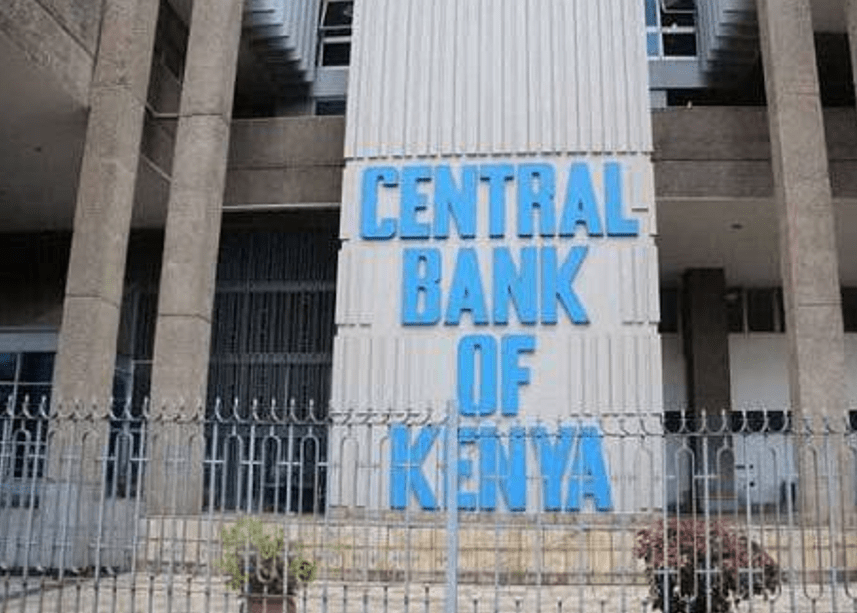Brace for high food prices this month, CBK warns

Kenyans should brace for tougher times as the cost of essential food items is expected to rise this month. Data from Central Bank of Kenya (CBK) points to a looming increase in the prices of cereals and vegetables, a move that could burden households amid reduced disposable incomes and weakened purchasing power.
The most affected items include maize products, cooking oil and sugar — staples in most homes across the country. CBK attributes this increase largely to seasonal patterns, meaning supply will be limited and prices naturally higher.
“This largely reflects seasonality as April is usually a non-harvest month for most cereals. However, respondents expect prices of fast-growing vegetable items to decline given the March-May rain season,” the CBK report reads in part.
Similarly, global price trends for cooking oil and sugar have been on the rise, and Kenya’s market is feeling the ripple effects. These shifts are occurring at a time when many Kenyans are already making difficult adjustments, including altering meal patterns, such as combining breakfast and lunch into a single meal — brunch — to manage costs.
While prices for fast-growing vegetables like kale, cabbage, and spinach are expected to decline due to the ongoing March-May rainy season, the broader food inflation outlook remains concerning.
Transport costs have surged, with 89 per cent of CBK’s respondents citing logistics as a key factor influencing retail prices — up from 83 per cent in January.
Due to rising temperatures earlier this year, retailers and wholesalers have had to travel longer distances in search of fresh produce, adding to operational costs.
The role of middlemen in driving up prices has also become more pronounced after 75 per cent of wholesalers and retailers cited intermediaries as a major contributor to higher costs, up from 71 per cent in January.
“The proportion of respondents citing input prices also increased to 82 per cent in March from 75 per cent in January, as farmers adjusted their farmgate prices upwards to reflect the increased costs of inputs,” CBK explained.
At the same time, input costs for farmers — including seeds, fertilisers, and labour — have gone up. CBK reports that 82 per cent of respondents highlighted increased input prices in March, compared to 75 per cent in January. This has led to higher farmgate prices as farmers seek to offset the cost of production.
Even with government interventions such as subsidised fertiliser programs, farmers still face challenges that continue to impact food prices. However, there is a glimmer of hope in the form of improved weather conditions. The long rains are expected to enhance agricultural performance and food security in the coming months.
“Given that March – May is a long rainy season, farmers expect the sector to perform better as a result of the rains,” the report reads in part. Considering the limiting factors, the year-on-year inflation currently standing at 3.6 per cent from 3.5 per cent was primarily driven by the food and Non-Alcoholic Beverages category which was 6.6 per cent.
“The inflation rate is derived from data collected through a monthly survey of retail prices that targets a representative basket of household goods and services, with data gathered during the second and third weeks of the month from a statistically representative sample of outlets,” CBK said.
Year-on-year inflation, currently at 3.6 per cent, has been primarily driven by the food and non-alcoholic beverages category, which stands at 6.6 per cent.
This inflation rate is calculated using monthly surveys of retail prices from a representative basket of household goods and services, collected from a statistically selected sample of outlets during the second and third weeks of the month.
Despite the rising food costs, the government remains optimistic about the broader economic outlook. With the agricultural sector playing a key role in supporting the country’s economy in the third quarter of 2024, alongside services.
According to the Kenya National Bureau of Statistics’ Balance of Payment Report, agriculture posted a growth of 4.2 per cent during the period — a slight dip from 5.1 per cent in the same quarter of 2023, but still significant in cushioning the economy.
Sub-sectors like sugarcane and milk production recorded notable improvements, with cane deliveries increasing from 874,000 metric tonnes to over 2.5 million metric tonnes, and milk intake by processors rising to 224.1 million litres.














